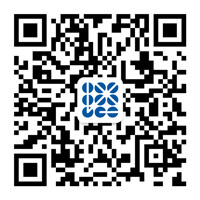Contents
Introduction:
According to the latest report by China News, perhaps Shanghai will become the first city to launch Tesla’s autonomous taxi, the robotaxi. Tesla’s robotaxi in China is set to officially launch on August 8, 2024. This year, billions of dollars will be invested in purchasing GPUs and developing in-car chips to improve the autonomous driving system. In the past, many doubted Tesla’s capabilities, but this year, what was once imagined has become a reality. Following Elon Musk‘s whirlwind visit to China on April 30, and within just a few days, Tesla received approval from the Chinese government for its Full Self-Driving (FSD) capabilities. This confirms that Musk’s promises are being realized, marking a significant milestone as Tesla’s FSD technology launches in China, leading the way for Tesla robotaxi in China.
Tesla Robotaxi in China: Musk’s Promise
According to Tesla’s plans, the company will develop a software platform APP, similar to how users in Shanghai can hail a ride via their smartphone. This unique taxi has no driver, no steering wheel, no brakes, and no driver, while passengers can work, read, sleep, or do other activities inside. Once a car owner installs FSD, they can apply to join the taxi business from the comfort of their home, allowing the car to go out and earn money without needing to drive themselves. Opting for Tesla’s robotaxi could potentially earn an owner more than 100,000 RMB a year. Of course, there’s a negative sentiment towards Didi Taxi, where drivers number over 23 million people.
The robotaxi Tesla is about to launch will fully utilize autonomous driving technology, with no steering wheel or pedals. It doesn’t even have a charger but uses wireless charging technology along with FSD. A key feature of Tesla’s robotaxi is its reliance on a vision system architecture, achieved through end-to-end neural networks. This design marks a significant shift towards a fully automated transportation solution. This futuristic vehicle is specifically developed for ride-hailing services, aiming to significantly reduce the cost per kilometer, making it more economical than current modes of transportation.
What are ‘LiDAR’ and ‘Vision-based’ approaches?
In fact, there are two mainstream schools in the field of autonomous driving—vision-based and LiDAR-based.
The “vision-based” school believes that since humans can drive competently through visual information processed by the brain, a similar effect can be achieved with cameras, deep learning neural networks, and computer hardware. Tesla, a recent representative, has launched FSD based solely on a vision approach, completely abandoning millimeter-wave radar, just as Elon Musk’s Tesla has done.
On the other hand, the LiDAR school, represented by companies like Waymo, uses mechanical LiDAR, millimeter-wave radar, ultrasonic radar, and multiple cameras to achieve commercial mass production of Level 4 autonomy. LiDAR, a sensor that accurately captures three-dimensional position information of objects, works by emitting and receiving laser beams to detect the distance to an object, then drawing a precise three-dimensional structure of the object based on the reflected energy, amplitude, frequency, and phase of the laser. With its excellent performance in target contour measurement, angle measurement, light stability, and general obstacle detection, LiDAR is becoming a core component of Level 4 and higher autonomous driving. To date, companies like XPeng, NIO, Li Auto, HiPhi, Great Wall, Zhiji, SAIC R, Lucid, Volvo, and GAC have confirmed mass-produced models equipped with LiDAR, and Xiaomi’s mass-produced vehicle with LiDAR has also officially launched.
The Choice of Tesla Robotaxi in China
Firstly, Tesla’s FSD has clearly ended the long-standing debate over technical routes, pointing the way for domestic automakers in China, that is, the “vision-based” approach. At the same time, “LiDAR,” which is why the majority of large domestic automakers in China are taking the “LiDAR” route. Both technologies are competitive.
In particular, Tesla’s FSD V12.3 has made bold innovations at the algorithm level, completely abandoning the previous methods relying on manually coded rules and machine learning models, instead fully adopting an end-to-end vision network IR system. In the FSD V11 version within the control stack, there were over 300,000 lines of code written by engineers. However, in the FSD V12.3 version, there are no rule codes, only neural networks. This brand-new architect software system can learn to drive like a human driver, constantly optimizing and improving its driving decision-making abilities by observing and mimicking the reactions of experienced drivers in various complex situations. This is why the “vision-based” approach was chosen. Similarly, some enterprises in China also have foresight and have chosen the “vision-based” approach from the start, like the Chery brand, which believes that while the impact of FSD may not be significant in the short term across the eighty-plus countries it serves, adopting a strong vision system framework will become the mainstream trend in the automotive industry in the future.
Conclusion:
Between the two choices, it is currently impossible to determine which is more beneficial. Although we do not yet know the design of Tesla’s robotaxi, the formal launch of Tesla’s FSD has opened a new market between the two choices in China.
From another perspective, once Tesla Robotaxi appears, the new industry will change. For instance, if autonomous robotaxis become mature in the future, will Chinese people still buy their own cars in major cities?
Published by: Mr. Leo Mao. You are welcome to share this article, but please credit the author and include the website link when doing so. Thank you for your support and understanding.



